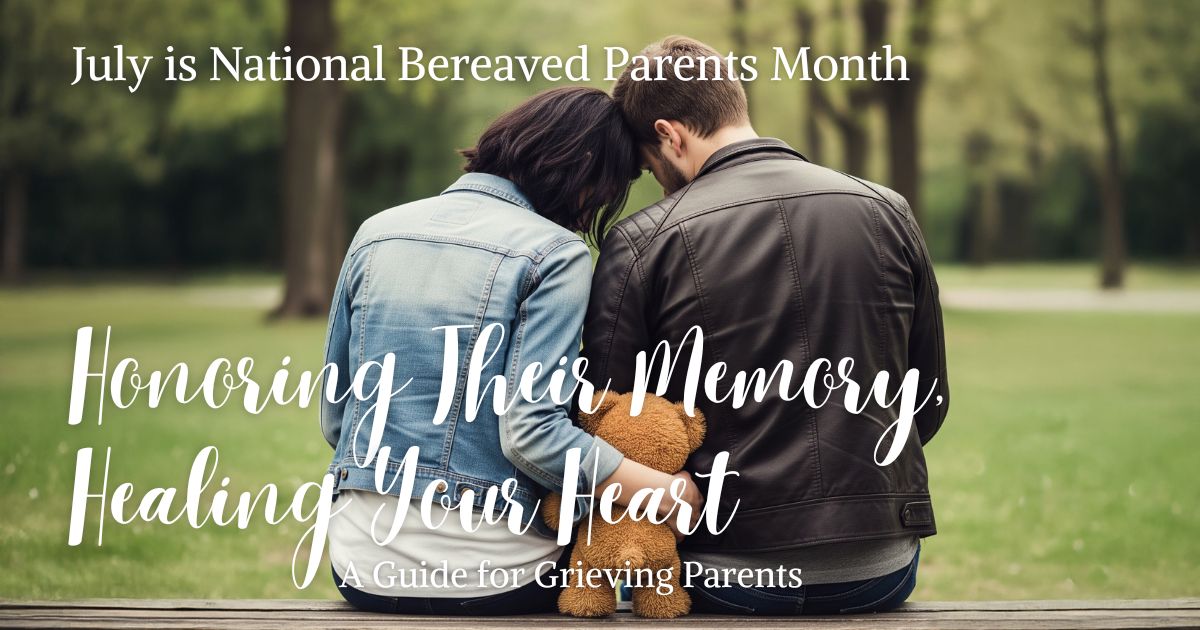.png)
The passing of a military veteran is the closing chapter of a life dedicated to service, courage, and country. In the midst of profound grief, families are entrusted with the sacred duty of planning a farewell that reflects the honor and sacrifice of their loved one. Navigating the protocols of military funerals, however, can feel like deciphering a new language during an already difficult time.
A veteran's funeral is more than a ceremony; it is a national expression of gratitude. It is a series of time-honored rituals—the precise fold of the flag, the haunting sound of Taps, the crack of a rifle volley—that collectively say, "Your service mattered, and you will not be forgotten." Understanding these traditions and the benefits available can empower you to create a tribute that is both deeply personal and richly symbolic.
Here is a guide to help you navigate this journey with clarity and purpose:
- Confirm Eligibility and Gather Documents: The foundation of a military funeral is the DD Form 214, which verifies your loved one's honorable service. Locate this document early and make copies. This single form is the key to unlocking all honors and benefits, from a flag presentation to burial in a national cemetery. Your funeral director can be an invaluable ally in verifying eligibility and submitting the necessary paperwork.
- Understand the Honors They've Earned: By federal law, every eligible veteran is entitled to, at a minimum, a flag presentation and the playing of Taps. Many are also eligible for a rifle volley salute and an honor guard detail. These are not mere formalities; they are deeply symbolic acts of respect. The folded flag, presented to the next of kin, is a tangible token of a grateful nation's appreciation.
- Explore Burial in a National Cemetery: One of the most significant benefits is the option for a no-cost burial in a VA national cemetery. This includes the gravesite, a government headstone or marker, opening and closing of the grave, and perpetual care. These hallowed grounds provide a serene, permanent resting place among fellow service members, a powerful testament to their shared commitment.
- Personalize the Service Within the Tradition: While the military provides a framework of honor, there is ample room for personal touches. Display their uniform, medals, and photographs. Incorporate their favorite music or readings alongside traditional hymns. Invite a fellow service member to speak. This blend of formal military tradition and personal reflection creates a uniquely meaningful farewell.
Planning a veteran's funeral is a weighty responsibility, but you are not alone. Lean on the expertise of your funeral director and reach out to local Veterans Service Organizations (VSOs). They are dedicated to ensuring your hero receives the dignified tribute they earned.
For a detailed, step-by-step checklist on eligibility, requesting honors, navigating VA benefits, and planning the service, please download our free guide: "Honoring Their Service: A Family's Guide to Veteran Funerals.”




.png)

